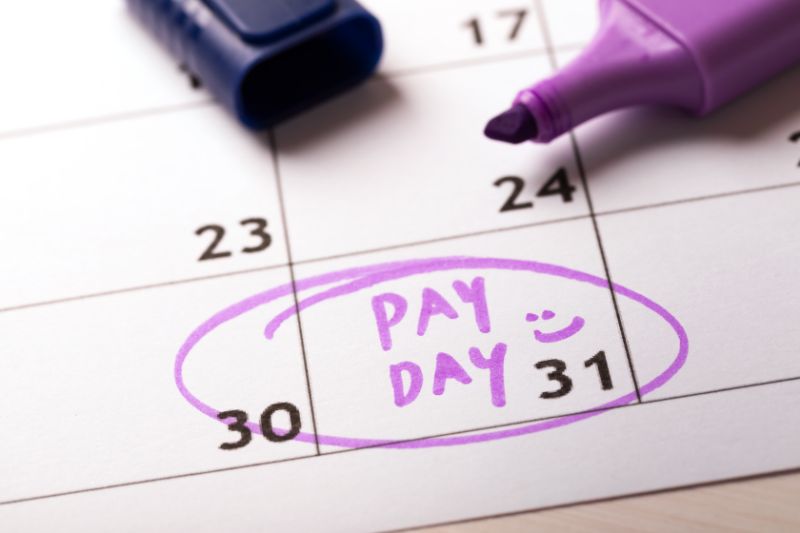Your growing brewery is starting to hire new employees and you know that HR is not your expertise. There is a stack of employee-related paperwork tucked in your filing cabinet (or on your desk) but you are not sure you have the right papers or enough paperwork. Maybe it is time to tighten up the hiring process, assess what is needed and develop a structured approach to hiring employees. What forms and/or documents should a Florida craft brewery employer use for hew hires? An employee onboarding process will welcome your new hires, gather sufficient information and protect your business. Whether you are a start-up brewer or an established brewing operation looking to improve your HR process, here are some basics when setting up your brewery employee hiring packet.
Your brewery should create and maintain a file for each employee in order to meet legal requirements. The documents can be maintained as paper or in electronic files, as long as they are safeguarded and preserved for the required time periods. The current trend involves the use of cloud-based software services (such as payroll or onboarding sites) to obtain and store employee hiring documents that are electronically signed by employees. For you old-schoolers, use manila folders, paper forms and wet signatures for your documents.
Here are 10 documents (in addition to your Employee Handbook acknowledgment form) you should include in your brewery’s new employee hiring packet.
- Employment Application – using an employment application is important to gather relevant data about an applicant, and obtain answers to important questions. Use an application that is designed for the State of Florida and kept up to date for law changes.
- Criminal background checking and/or Motor Vehicle record Disclosure and Consent form, plus the current version of the Notice of Rights under the Fair Credit Reporting Act. If you use a third-party vendor, check that they have provided you with up to date forms and templates. Consultstu LLC uses Sarma for its screening and drug testing services.
- W4 (updated annually).
- I9 Form (latest form was updated in 2017).
- Florida New Hire report – better yet, your brewery can register and report new hires online through the Florida Department of Revenue. Print screen and save.
- Direct Deposit form – important to allow your business to pay employees via electronic payment, such as Quickbooks or a payroll service, and authorize pay corrections if needed.
- DOL Marketplace Exchange form (DOL templates) – whether your brewery offers group medical insurance, or not, there is a DOL template form to provide to each new employee.
- Employee Emergency contact
- Job Description, including physical and mental requirements, for the position.
- Confidentiality Agreement (including trade secrets) – for key staff that work with highly confidential information, including methods, recipes, ingredients, suppliers, techniques, pricing, concepts, designs, marketing and sales, and business plans.
Your brewery may also have additional documents relevant to its particular business to include in its employee hiring packet. Consultstu LLC provides hands-on consulting services to small businesses, including craft breweries, to develop suitable HR processes and documents.









